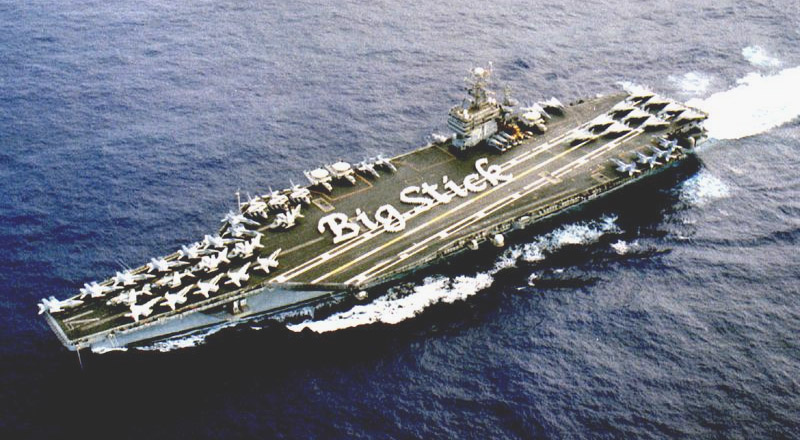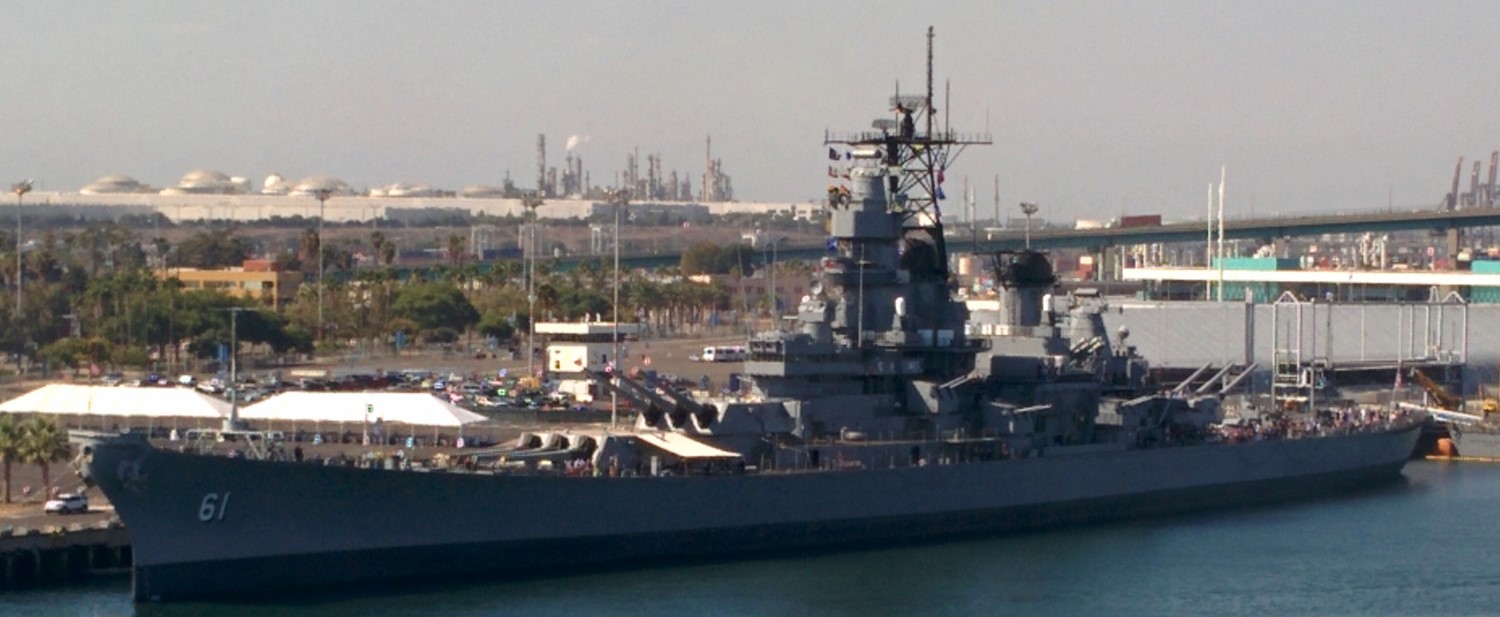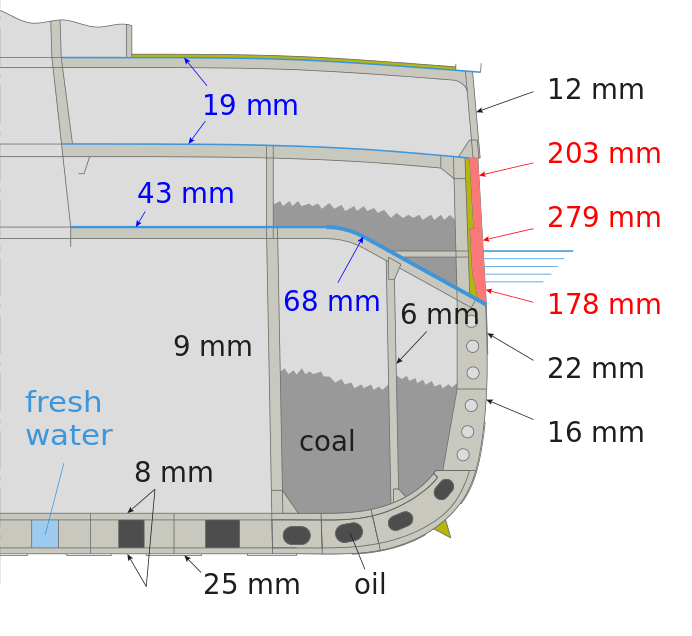Last time, I discussed the first problem in killing a carrier, that of finding it. That alone is a challenge, but the problems for the attacker aren’t over at that point.

USS Theodore Roosevelt
The second line of the defense is the proactive measures the US will take to reduce the threat facing the carrier group. The USN learned at Pearl Harbor that it is better to give than to receive. First, submarine-launched Tomahawks will attack the enemy’s key infrastructure. Command and control facilities, communications links, logistics depots and air and naval bases will be targeted, reducing the enemy’s ability to find, fix, and attack the carrier groups. Tomahawks from the carrier’s escorting destroyers and air strikes from the carrier’s own airplanes will take over as the CVBG1 closes with the enemy coast. If an attack is detected before missile launch, airplanes will be vectored out to meet it. During the Cold War, US doctrine was that fighters would deal with airplanes, and SAMs took over after missile launch. Similar tactics are likely to be used today. Making hard estimates of effectiveness of these measures is very difficult, particularly as they depend heavily on circumstances, but they will be very important in a real war. Read more...







Recent Comments